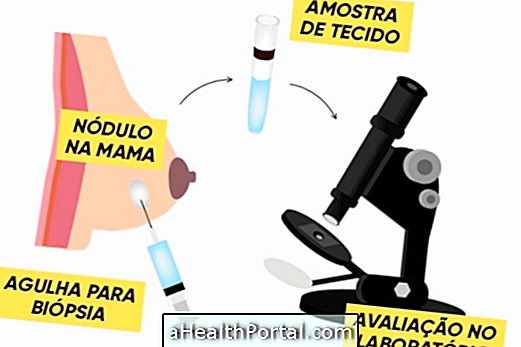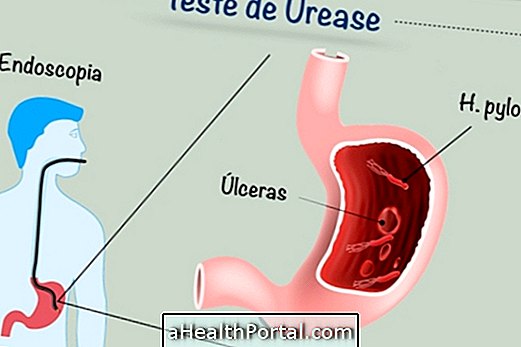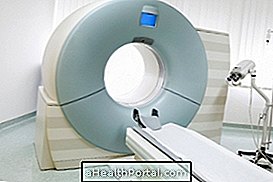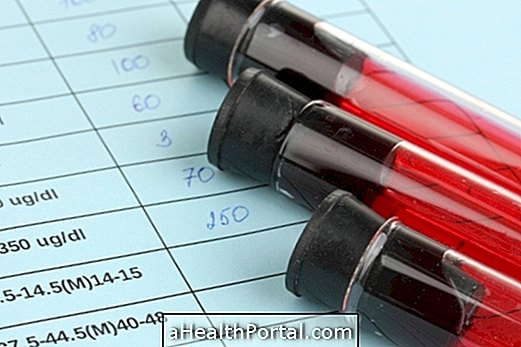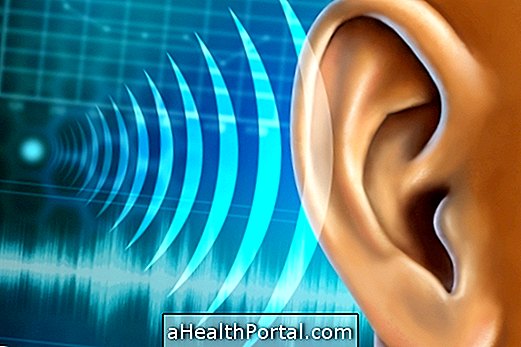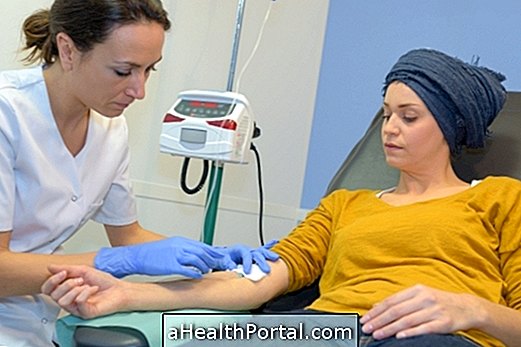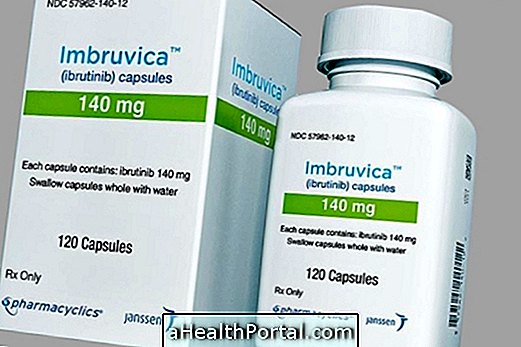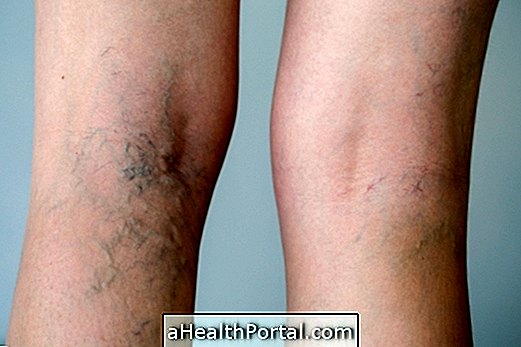To know if you have glaucoma you should go to the ophthalmologist to perform tests that can identify if the pressure inside the eye is high, which is what characterizes the disease.
Usually, glaucoma screening is done when there are signs of suspected glaucoma such as changes in routine eye examination, for example, but can also be used in patients at risk of developing glaucoma, especially when there is a history of the disease in the family. Know the Symptoms of Glaucoma.
Glaucoma Online Test
This test is to indicate your risk of having glaucoma, an eye disease where there is increased pressure in the eyes. Glaucoma affects people of the same family and is severe and can lead to loss of vision and so it is important to be discovered as soon as possible to start the appropriate treatment.
Take the test and find out your risk of having glaucoma.
- 1
- 2
- 3
- 4
- 5
Choose only the statement that best suits you.
Start the test


- I have no relatives with glaucoma.
- My son has glaucoma.
- At least one of my grandparents, father or mother, has glaucoma.

- White, descending of Europeans.
- Indigenous.
- Eastern.
- Mixed, typically Brazilian.
- Black.

- Less than 40 years.
- Between 40 and 49 years.
- Between 50 and 59 years.
- 60 years or more.

- Less than 21 mmHg.
- Between 21 and 25 mmHg.
- More than 25 mmHg.
- I do not know the value or I have never taken the ocular pressure test.

- I'm healthy and I have no illness.
- I have some disease but I do not take corticosteroids.
- I have diabetes or myopia.
- I regularly use corticosteroids.
- I have some eye disease.
How Glaucoma Tests Are Performed
To make a correct diagnosis of glaucoma it is important to consult the ophthalmologist to do different tests that include:
1. Examination to assess eye pressure
The eye pressure test, also known as tonometry, measures the pressure within the eye that, in cases of glaucoma, should be greater than 22 mmHg.
- How it is done: the ophthalmologist applies eye drops to numb the eye and then uses a device, called a tonometer, to apply a slight pressure on the eye to assess the pressure inside the eye.
2. Examination to evaluate the optic nerve
The test to evaluate the optic nerve, scientifically called ophthalmoscopy, is a test that examines the shape and color of the optic nerve to identify if there are any lesions that may have been caused by glaucoma.
- How it's done: The doctor applies eye drops to dilate the pupil of the eye and then uses a small flashlight to illuminate the eye and observe the optic nerve, assessing whether there are changes in the nerve.
3. Examination to evaluate the visual field
The visual field examination, also called perimetry, helps the ophthalmologist to identify if there are loss of vision field caused by glaucoma, especially in the lateral view.
- How it is done: In the case of the confrontation field, the ophthalmologist asks the patient to look forward without moving the eyes and then passes a flashlight from one side to the other in front of the eyes, and the patient should always see the light. The most used, however, is Automated Perimetry. See more details about the Campimetry test.
4. Examination to evaluate the type of glaucoma
The test used to evaluate the type of glaucoma is the gonioscopy that determines the angle between the iris and the cornea, and when open it may be a sign of chronic open angle glaucoma and when it is narrow it may be a sign of closed angle glaucoma, be it chronic or acute.
- How it is done: the doctor applies an anesthetic eye drops to the eye and then places a lens on the eye that contains a small mirror that allows you to observe the angle that forms between the iris and the cornea.
5. Examination to evaluate the thickness of the cornea
The corneal thickness test, also known as pachymetry, helps the clinician to see if the reading of intraocular pressure, provided by tonometry, is correct or is affected by a very thick cornea, for example.
- How it is done: the ophthalmologist places a small device in front of each eye that measures the thickness of the cornea.
6. Image exams
They are examinations for a better evaluation of ocular structures such as Color Retina, Anion Retinography, Optical Coherence Tomography (OCT), GDx vcc and HRT.
Exam price
The price of the glaucoma exam can vary from 1000 to 3000 reais in a private clinic, depending on the clinic selected and the exams requested by the ophthalmologist. However, the glaucoma test can be done for free through the SUS.
If your glaucoma test indicated that you have glaucoma, see how to treat it in: Treatment for glaucoma.
